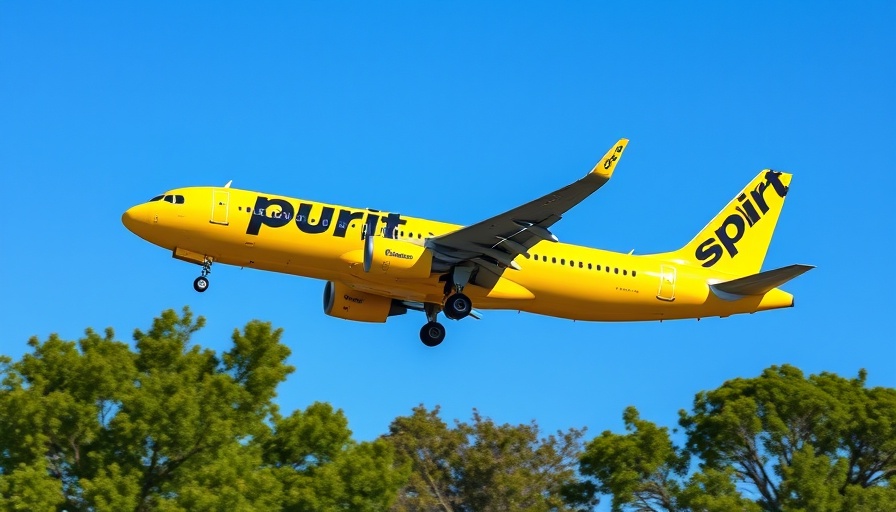
Spirit Airlines Takes a Firm Stance on Dress Code
In a significant move that has stirred conversations across the airline industry, Spirit Airlines has updated its code of conduct to impose stricter rules on passenger attire. Travelers flying with the low-cost airline will now face removal from flights for what the company deems 'inadequate' clothing or offensive body art.
Understanding the Dress Code Changes
The updated Contract of Carriage specifies that see-through clothing, uncovered feet, and any attire displaying nudity or obscene body art can lead to passengers being asked to leave the aircraft. This initiative reflects a broader trend in the airline industry aimed at maintaining decorum and enhancing the travel experience for all passengers.
Recent Incidents Underline the Need for the New Regulations
Last year, a well-publicized incident involved a group of travelers, including a toddler, who were removed from a Spirit flight departing from Los Angeles. The controversy arose when two women in the group were criticized for their crop tops, which a male attendant deemed inappropriate. With social media amplifying such incidents, airlines are feeling the pressure to clarify and enforce their dress codes vigorously.
Comparison to Competitors: How Other Airlines Handle Attire Issues
Spirit isn’t alone in enforcing specific dress codes. Delta Airlines has its own regulations that prevent passengers from boarding without proper attire. Customers can be refused service if their appearance poses an 'unreasonable risk of offense,' emphasizing the shared responsibility of airlines to create a comfortable atmosphere for everyone aboard. This echoes the sentiment that airlines are not only in the business of transportation but also of maintaining decorum.
The Future of Airline Dress Codes
As air travel continues to evolve, how airlines approach passenger conduct and attire will be crucial in shaping the industry’s future. With social media as a powerful platform for public opinion, airlines may need to balance enforcement of dress codes with awareness of cultural sensitivities and personal expression. The ongoing dialogue about what is considered appropriate attire will likely influence subsequent updates to airline regulations.
Implications for Travelers and Businesses
For local small businesses in the South Bay region seeking to understand consumer behavior, this development reinforces the importance of community awareness about the rules governing public spaces, including airplanes. Awareness of these new regulations could establish a valuable dialogue between businesses and consumers about acceptable standards of dress, especially in preparation for travel.
 Add Row
Add Row  Add
Add 




Write A Comment